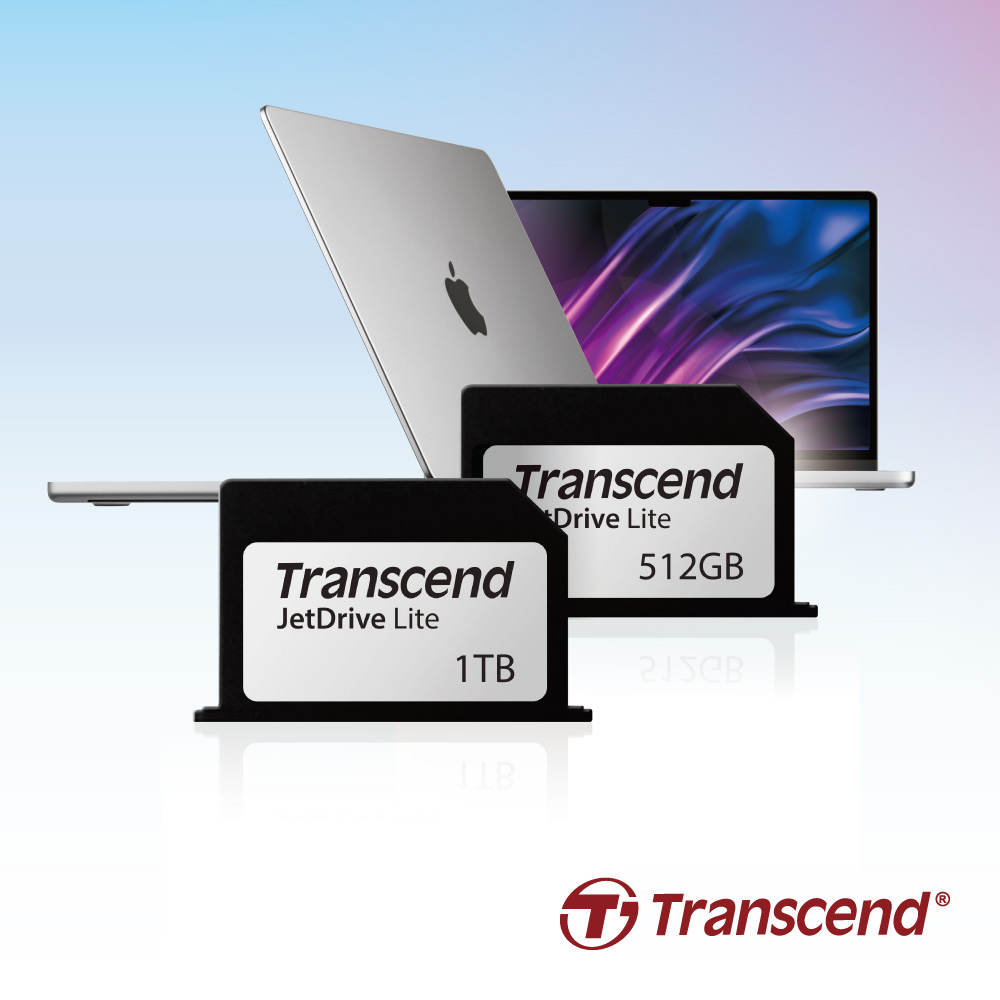
Transcend has announced a 1TB version of its JetDrive Lite 330 expansion cards for 14-inch and 16-inch MacBook Pro models, providing users of Apple's latest Macs with an affordable way to increase internal storage capacity.

Transcend says the JetDrive Lite 330 cards are built with high-quality NAND flash, offering read and write speeds of up to 95MB/s and 75MB/s, respectively.
Once the JetDrive Lite 330 is inserted into the card reader slot, where it sits flush with the side of the notebook, the additional storage can be used as a photo library or music library drive, for example, or the card could serve as an onboard Time Machine backup.
Transcend says the JetDrive Lite expansion cards come with a five-year limited warranty and are manufactured using advanced COB (chip-on-board) technology, making them resistant to water, dust, and shock. Other than 2021 MacBook Pro Models, the JetDrive Lite 330 also supports 13-inch Retina MacBook Pro (late 2012-early 2015 models).
The 1TB option adds to Transcend's existing JetDrive capacities, which start at $35.99 for the 128GB version and $250 for the 1TB capacity card on Amazon. Stay tuned to MacRumors as we'll have a review of the new 1TB card coming next week.
Note: MacRumors is an affiliate partner with Amazon. When you click a link and make a purchase, we may receive a small payment, which helps us keep the site running.
Article Link: Transcend Announces 1TB JetDrive Lite 330 Expansion Card for 14-inch and 16-inch MacBook Pro
As an Amazon Associate, MacRumors earns a commission from qualifying purchases made through links in this post.

